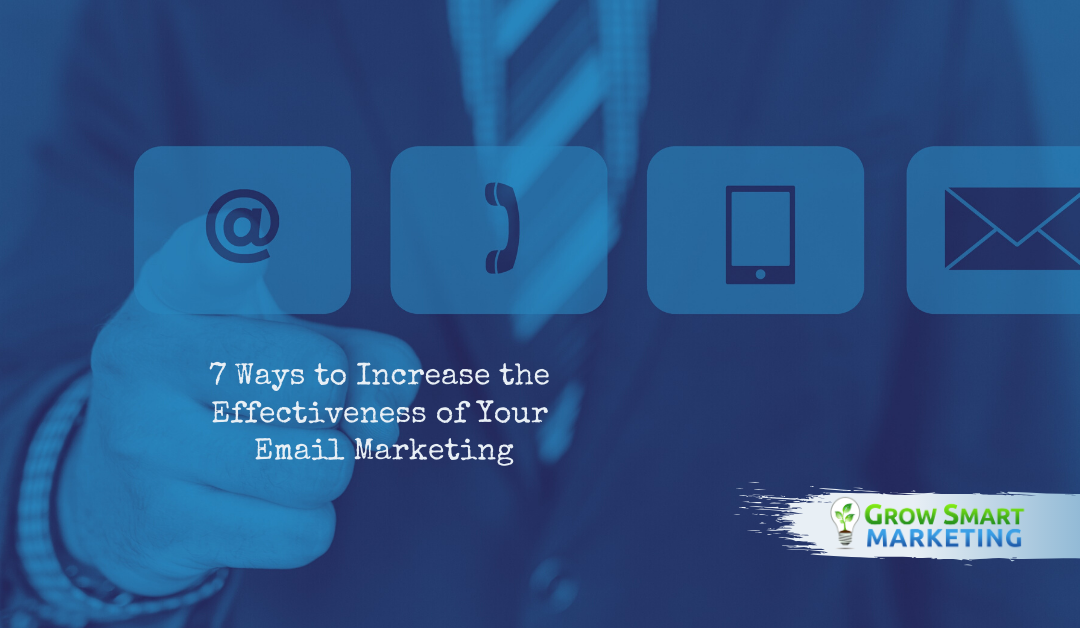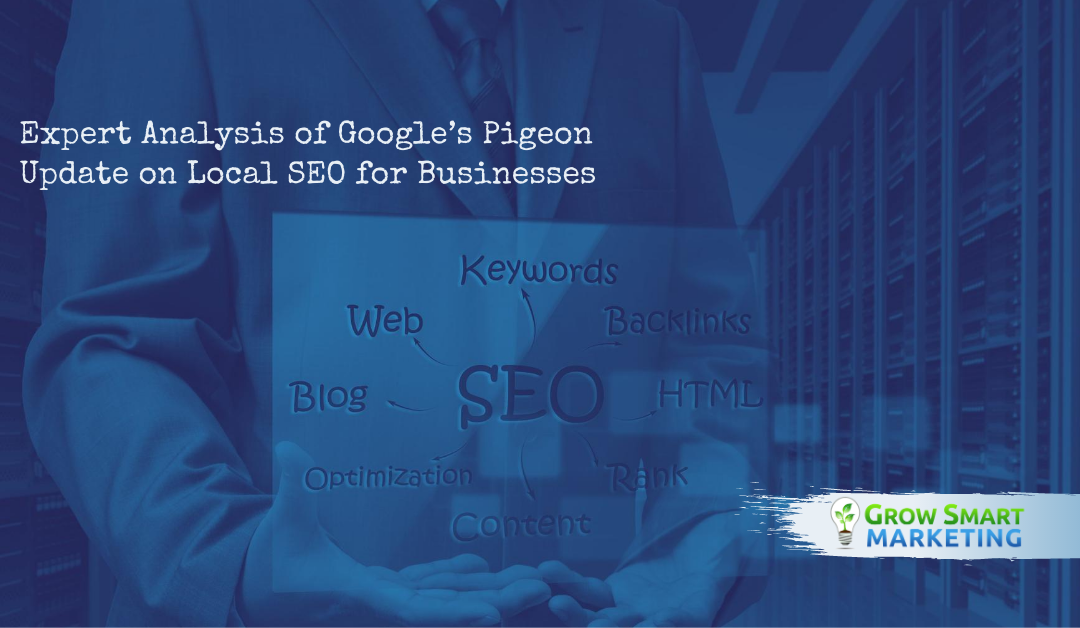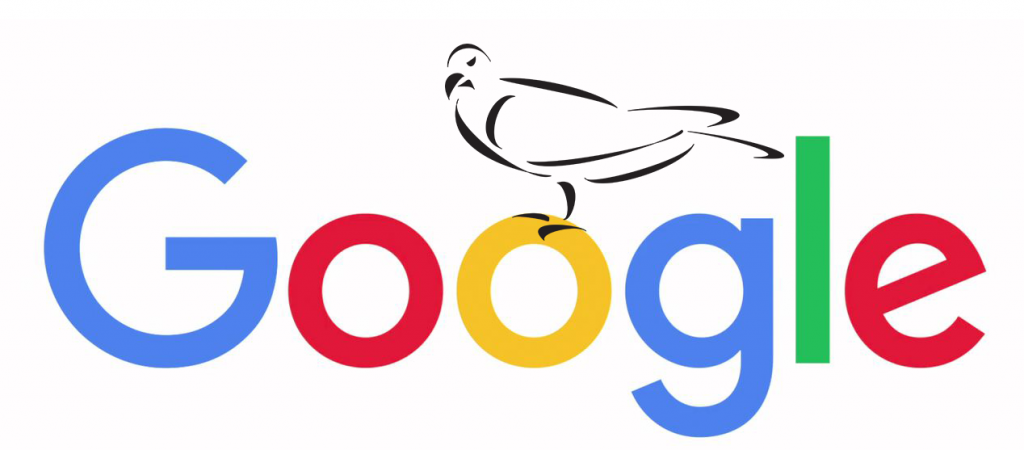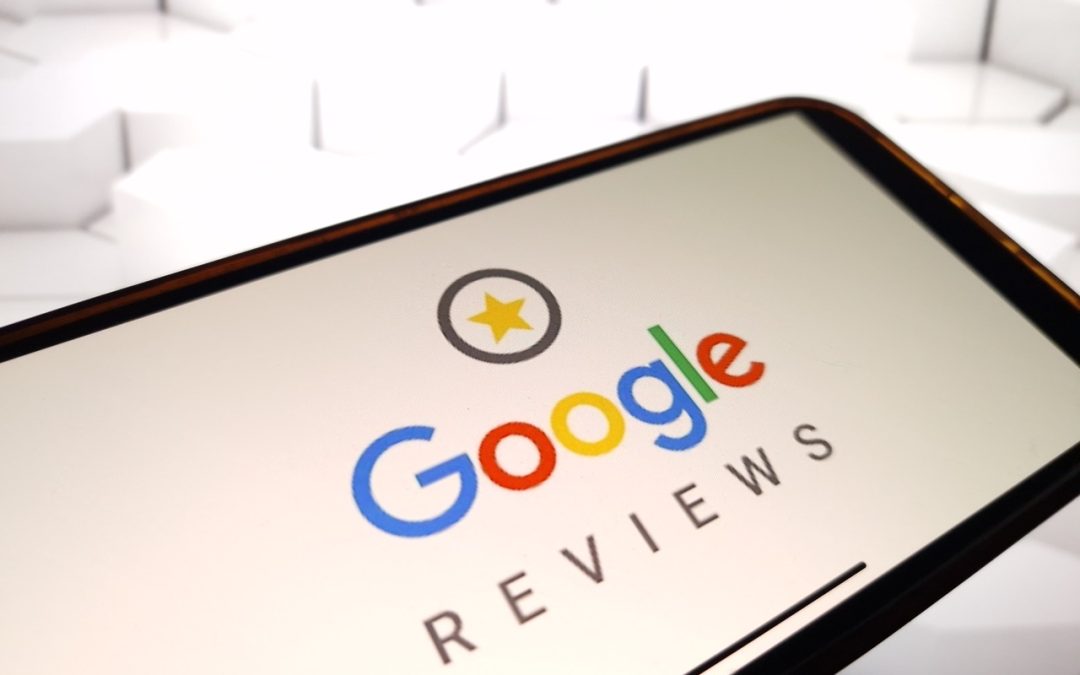
3 Easy Steps To Increase Google Reviews For Chiropractic Clinics
Simple Steps Any Chiro Practice Can Implement To Increase Google Reviews
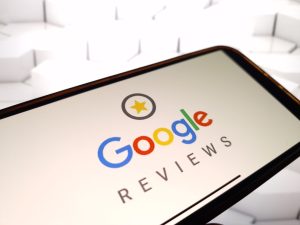
In today's digital age, online reviews have become a crucial factor in the success of businesses. This is especially true for healthcare providers, such as chiropractic clinics, as potential patients often turn to online reviews to make decisions about their healthcare options. Google reviews, in particular, hold a lot of weight as they are often the first thing that appears when someone searches for a business. Therefore, it is essential for chiropractic clinics to have a strong presence on Google reviews. In this article, we will discuss three easy ways to increase Google reviews for a chiropractic clinic.
1. Encourage and Remind Chiropractic Patients to Leave Reviews
The first and most crucial step in increasing Google reviews for a chiropractic clinic is to encourage and remind patients to leave reviews. Many patients may not think to leave a review unless prompted to do so. Therefore, it is essential to make it a part of your clinic's routine to ask patients to leave a review after their appointment.
One way to do this is by including a reminder in your post-appointment communication with patients. This could be in the form of an email or text message, thanking them for their visit and asking them to leave a review on Google. You can also include a link to your Google My Business page to make it easier for patients to leave a review.
Another effective way to encourage reviews is by having a physical reminder in your clinic. This could be a sign at the reception desk or in the waiting room, reminding patients to leave a review. You can also have business cards or flyers with a QR code that leads directly to your Google My Business page, making it easy for patients to leave a review.
It is important to note that while encouraging reviews is essential, it is equally important to not be pushy or offer incentives for reviews. This can be seen as unethical and may result in negative consequences for your clinic's online reputation.
2. Provide Exceptional Patient Experience
The best way to get positive reviews is by providing exceptional patient experience. When patients have a positive experience at your chiropractic clinic, they are more likely to leave a positive review. This not only helps increase your Google reviews but also improves your clinic's reputation and attracts new patients.
To provide an exceptional patient experience, it is crucial to focus on the little details. This could include having a clean and welcoming waiting room, friendly and helpful staff, and a comfortable treatment room. It is also important to ensure that patients are seen on time and that their appointments are not rushed. Taking the time to listen to their concerns and addressing them can go a long way in making patients feel valued and satisfied with their experience.
In addition, it is essential to communicate effectively with patients. This includes explaining the treatment process, addressing any questions or concerns, and following up with patients after their appointment. This level of communication and care can leave a lasting impression on patients and increase the likelihood of them leaving a positive review.
3. Utilize Social Media and Online Platforms For Reviews
In today's digital age, social media and online platforms play a significant role in increasing a business's online presence and reputation. Therefore, it is important for chiropractic clinics to utilize these platforms to increase their Google reviews.
One way to do this is by actively engaging with patients on social media. This could include sharing informative and engaging content related to chiropractic care, responding to patient reviews and comments, and encouraging patients to leave reviews on Google. You can also use social media to showcase patient testimonials and reviews, which can help attract new patients and increase your clinic's credibility.
Another effective way to utilize online platforms is by listing your clinic on online directories and review sites. This includes platforms such as Yelp, Healthgrades, and RateMDs. These sites often have a high domain authority, which means that they rank high on search engines. Therefore, having a presence on these sites can help increase your clinic's visibility and attract more reviews.
It is important to regularly monitor and respond to reviews on these platforms, as they can also impact your clinic's online reputation. Responding to both positive and negative reviews shows that you value patient feedback and are committed to providing the best possible experience.
Increasing Google reviews for a chiropractic clinic requires a proactive approach, for more information on implementing some of these procedures contact us today. By encouraging and reminding patients to leave reviews, providing exceptional patient experience, and utilizing social media and online platforms, you can increase your clinic's online presence and attract more positive reviews. Remember to always prioritize patient satisfaction and provide high-quality care, as this is the foundation for a successful and reputable chiropractic clinic.


